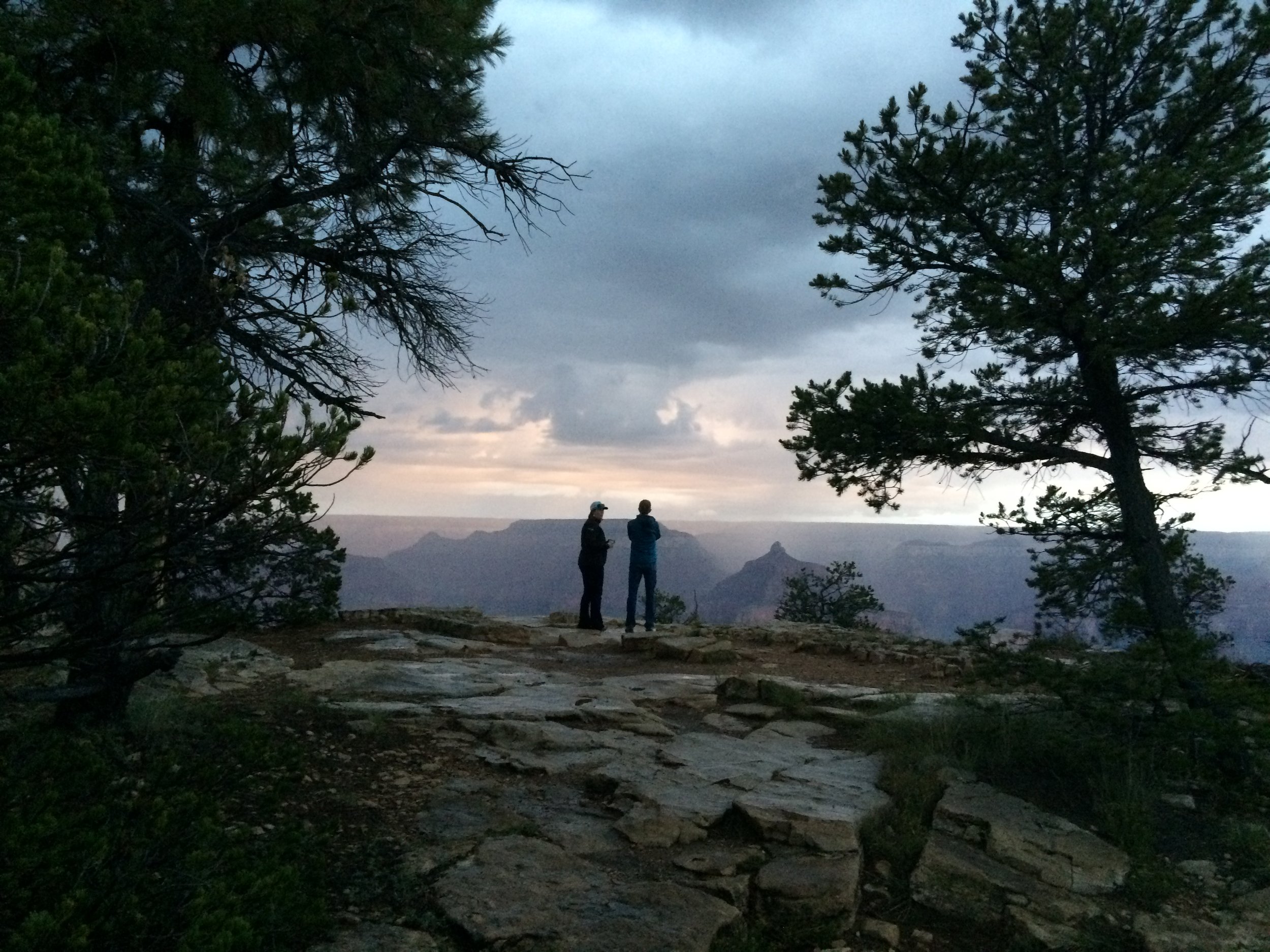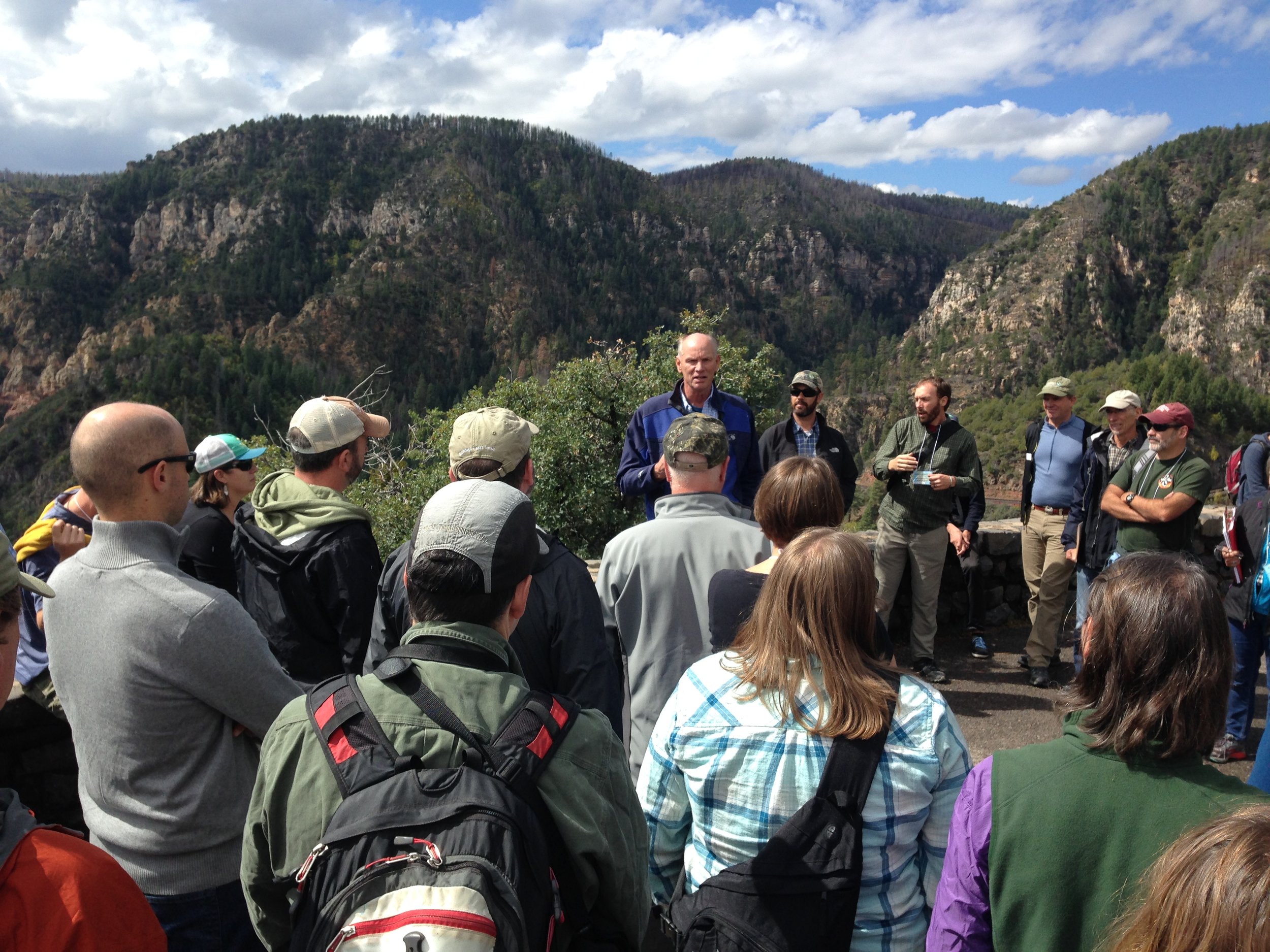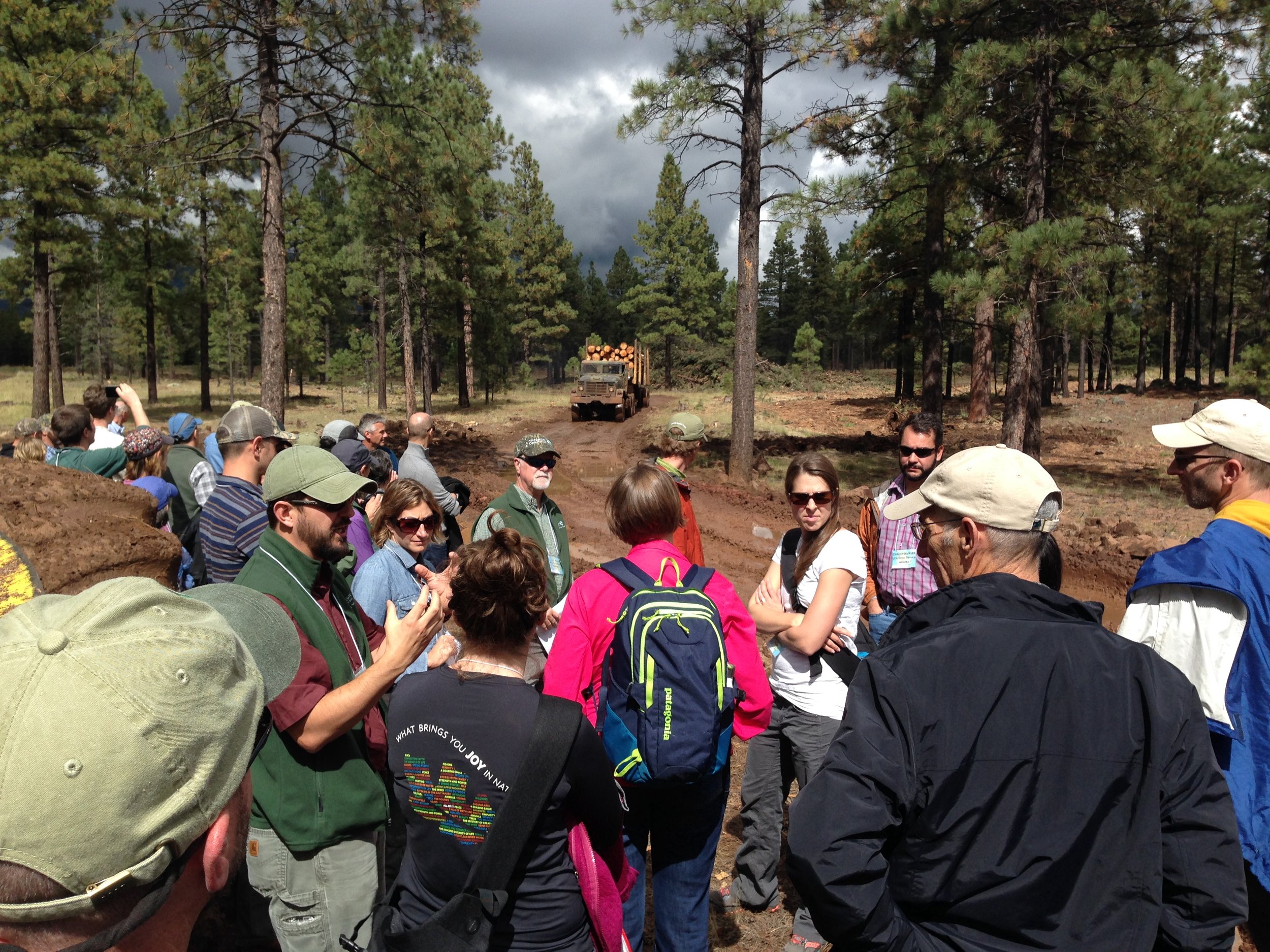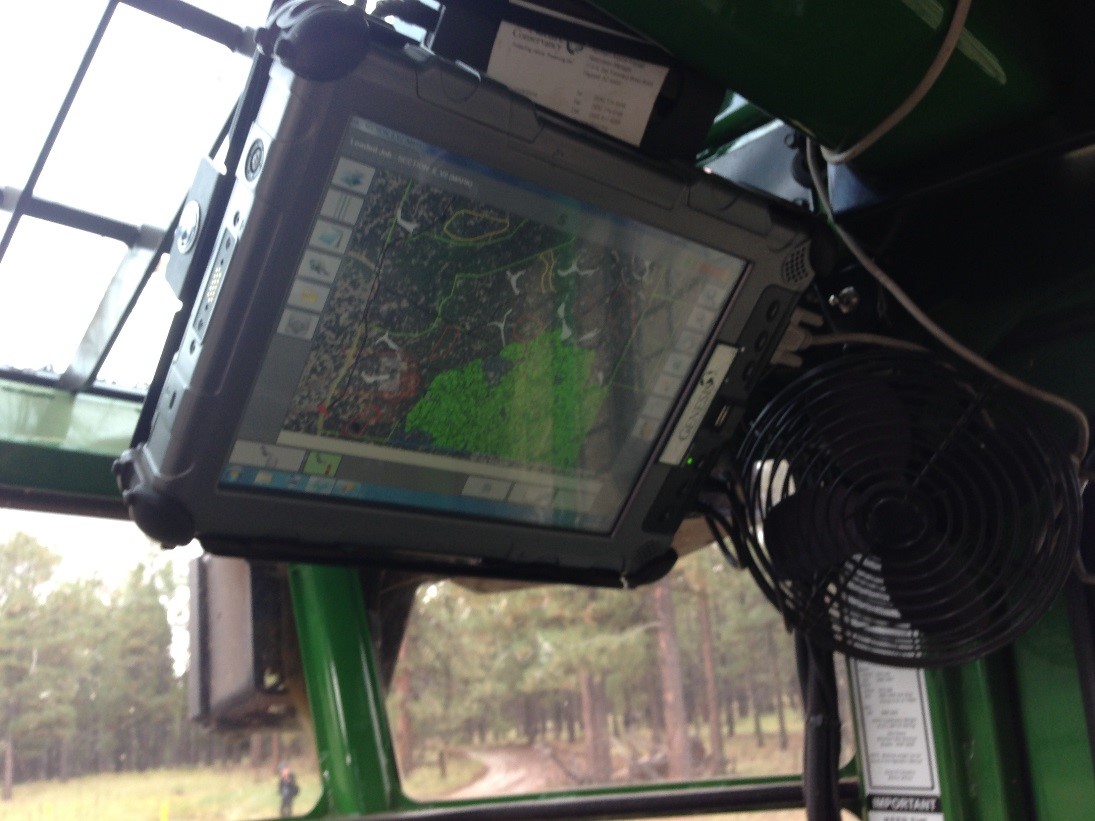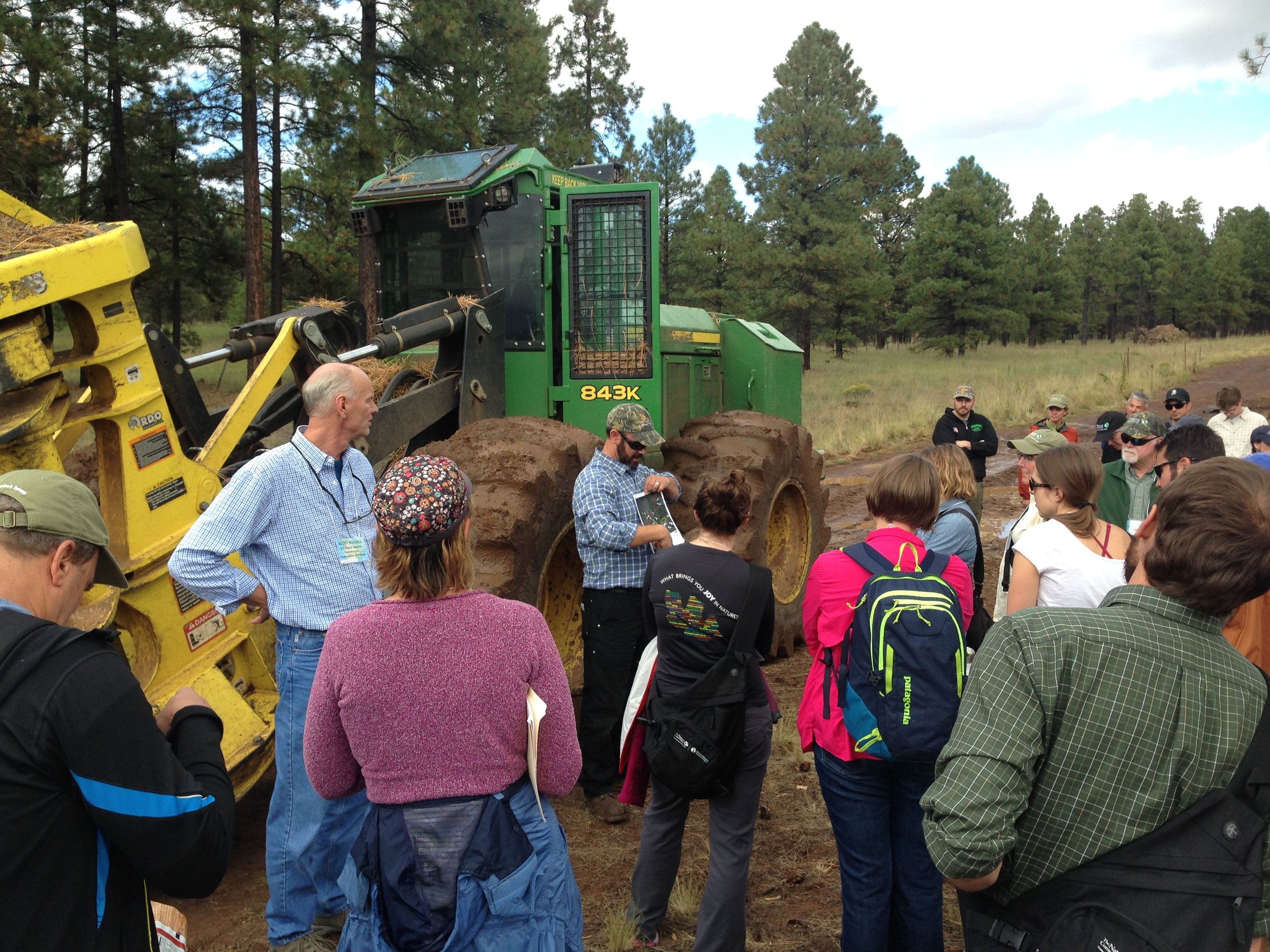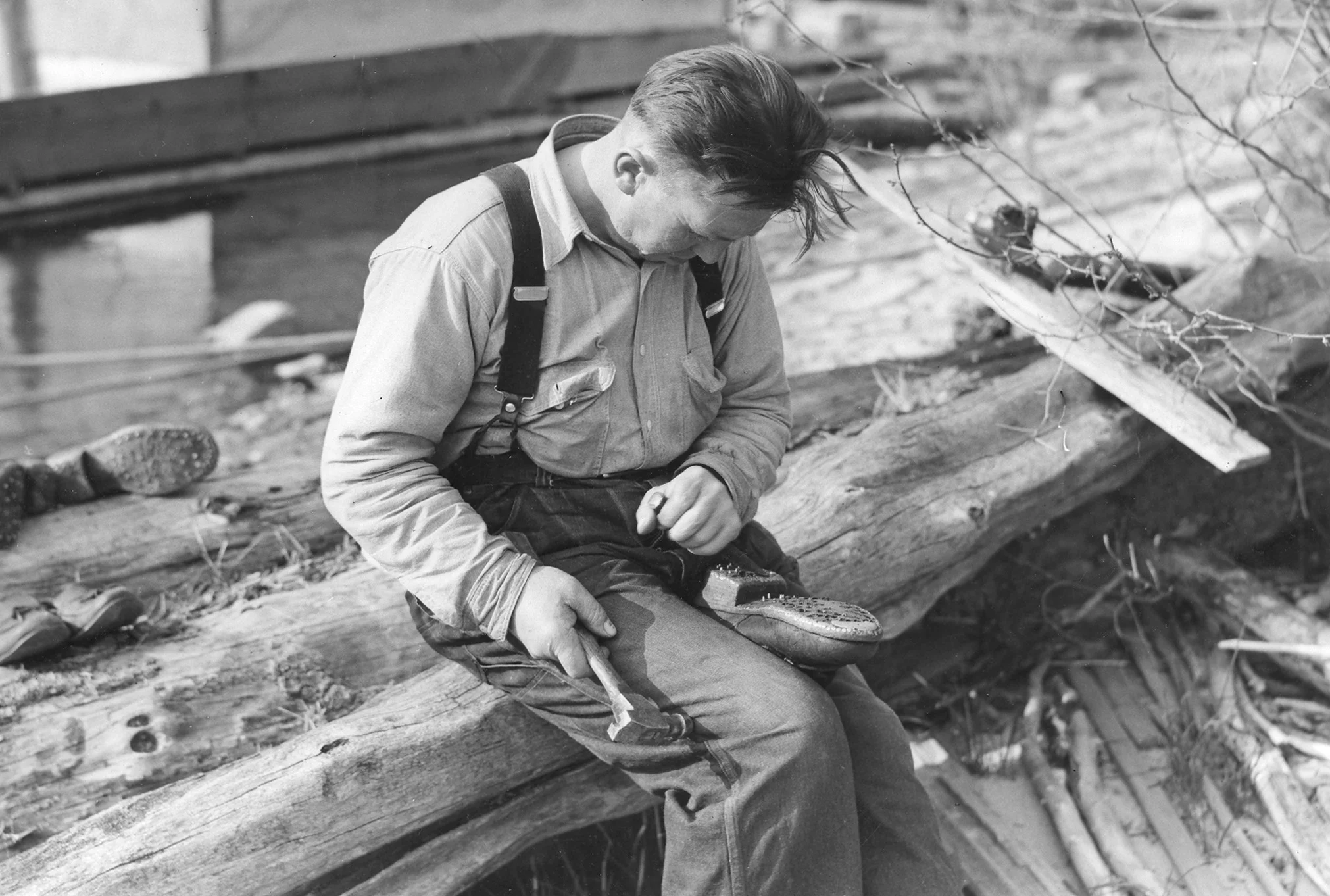TNC Washington’s Conservation Forester, Herman Flamenco, shares with us the long-awaited final installment of the How Go Commercial Thin Project!
Work in the Clearwater Forest Protects Salmon
Justin Urresti, Conservation Forester knows his work must take place in harmony with community members. This dynamic is especially true in the Clearwater Forest Reserve, acquired by The Nature Conservancy in 2011, as sometimes TNC appears to be opposed to industries that profit off the land. Justin’s forestry methods exist somewhere in the grey. He aims to both rehabilitate a forest that’s been logged since the late 1800s and support a local workforce within a changing economy.
Restoring America’s Forests Annual Meeting
Written and photographed by Ryan Haugo, Washington Senior Forest Ecologist
At the end of September several of us had the pleasure of representing the Washington chapter at the Conservancy’s annual North America “Restoring America’s Forests” conference in northern Arizona. Restoring America’s Forests is a formal network of over 13 demonstration landscapes across North America where the Conservancy is pursuing conservation through collaborative, ecological restoration on our national forests. Within Washington, the Restoring America’s Forests network incorporates both the Tapash Sustainable Forest Collaborative and the North Central Washington Forest Health Collaborative.
Northern Arizona is home to one North America’s largest, most ambitious ecological restoration efforts – the Four Forests Initiative (better known as 4FRI). Here the Conservancy has been instrumental in driving a science based approach to the restoration of millions of acres of dry, fire-adapted forests that are suffering from over a century of wildfire suppression.
The similarities (and differences) between the forests of Northern Arizona and eastern Washington are striking. Just as in eastern Washington, the dry forests of northern Arizona have experienced record breaking wildfires in recent years. The dry forests of northern Arizona are adapted to (and depend upon) frequent, low severity fire. Many of the recent “mega-fires” however, are well outside the range of conditions to which the forests are adapted. These fires threaten not only local communities but also the abundant fish and wildlife habitat, clean air and water, and recreational opportunities that draw people from across the globe to northern Arizona. Similar to eastern Washington, restoring the health and resilience of these forests depends upon using a combination of tools including mechanical thinning (logging), controlled burning, and managed wildfire to thin out the incredible density of small trees that have grown up in the absence of natural wildfire.
Finally, the economic viability of restoring dry forests in both northern Arizona and eastern Washington depends upon a forest products industry that has largely vanished from the local landscapes in recent decades. The differences are important to understand. The dry forests of northern Arizona are simpler, primarily with one tree species (ponderosa pine), and are typically much flatter. Both of these factors ease the implementation of ecological restoration treatments in comparison to eastern Washington.
A highlight of our 4FRI field tour including seeing first-hand the ingenious in-cab tablet technology that TNC has helped to develop. The tablets are designed to increase the efficiency of implementing ecological prescriptions during forest thinning projects. We also had the opportunity to visit the newly developed NewPac Fibre sawmill in Williams, AZ. This sawmill processes the trees harvested during restoration thinning and provides sustainable employment opportunities for local communities.
Most importantly however, was the opportunity to share successes, failures, and lessons learned amongst all of the Restoring America’s Forests landscapes. During these meetings we dive in deep to the policy, science, and partnership issues facing our work to restoring our National Forests. The Restoring America’s Forests network provides the opportunity to make and maintain personal connections between a forest ecologist in Washington State, a forest policy expert in Washington DC, a fire manager in Arkansas, and a forest manager in Arizona. These are powerful relationships and help to make the Conservancy such an effective conservation organization.
Learn more about our forestry work
Stream Side for Conservation
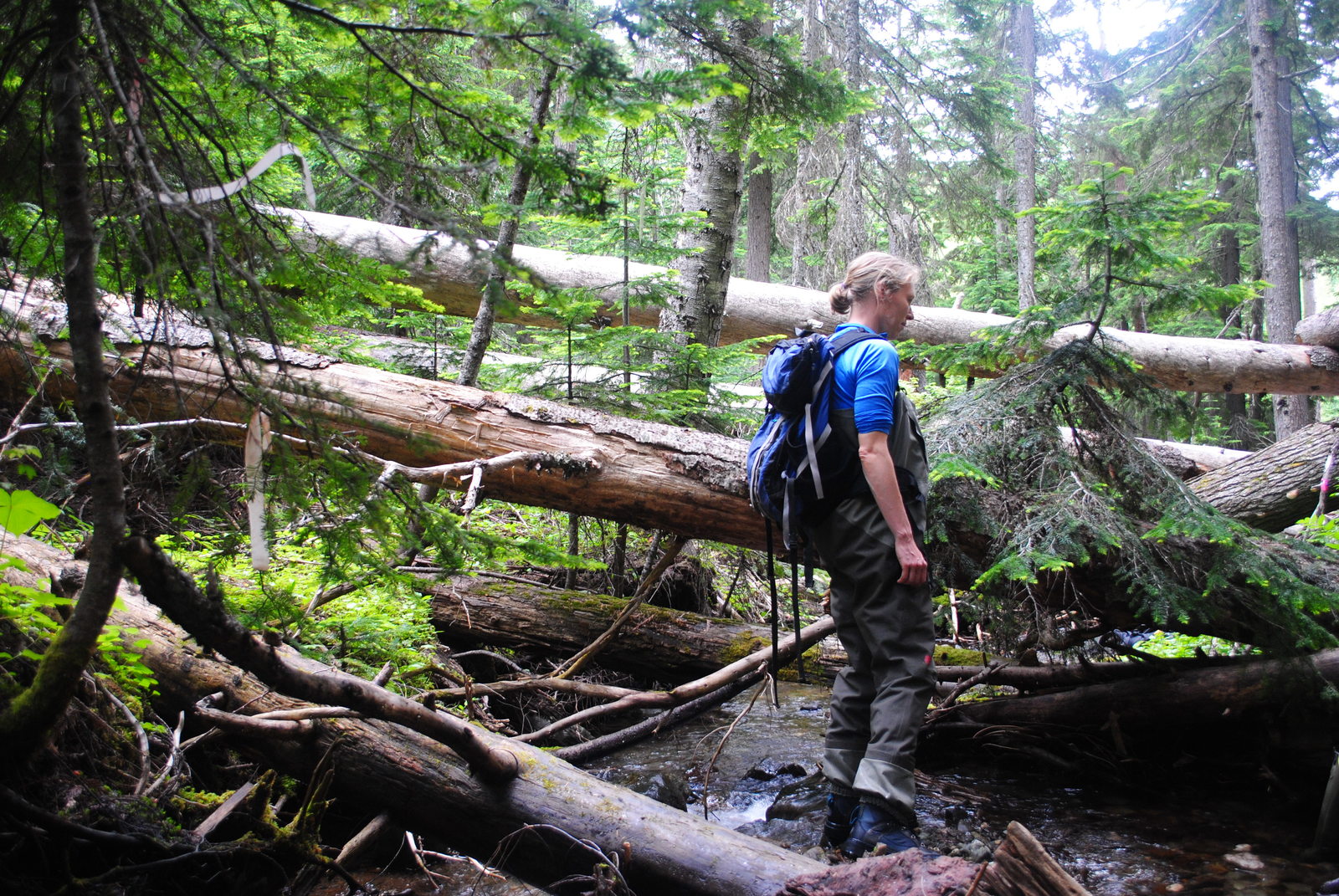
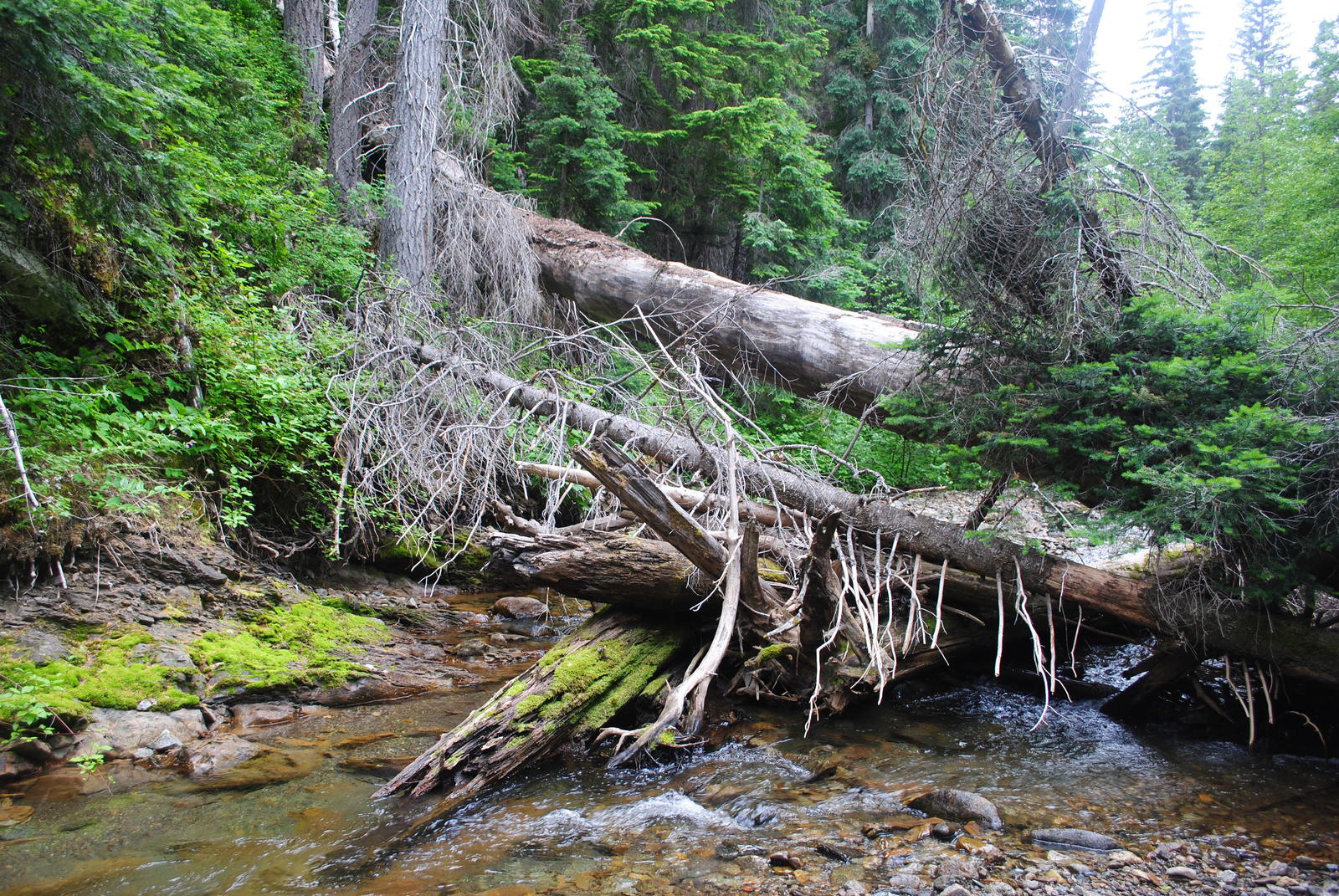
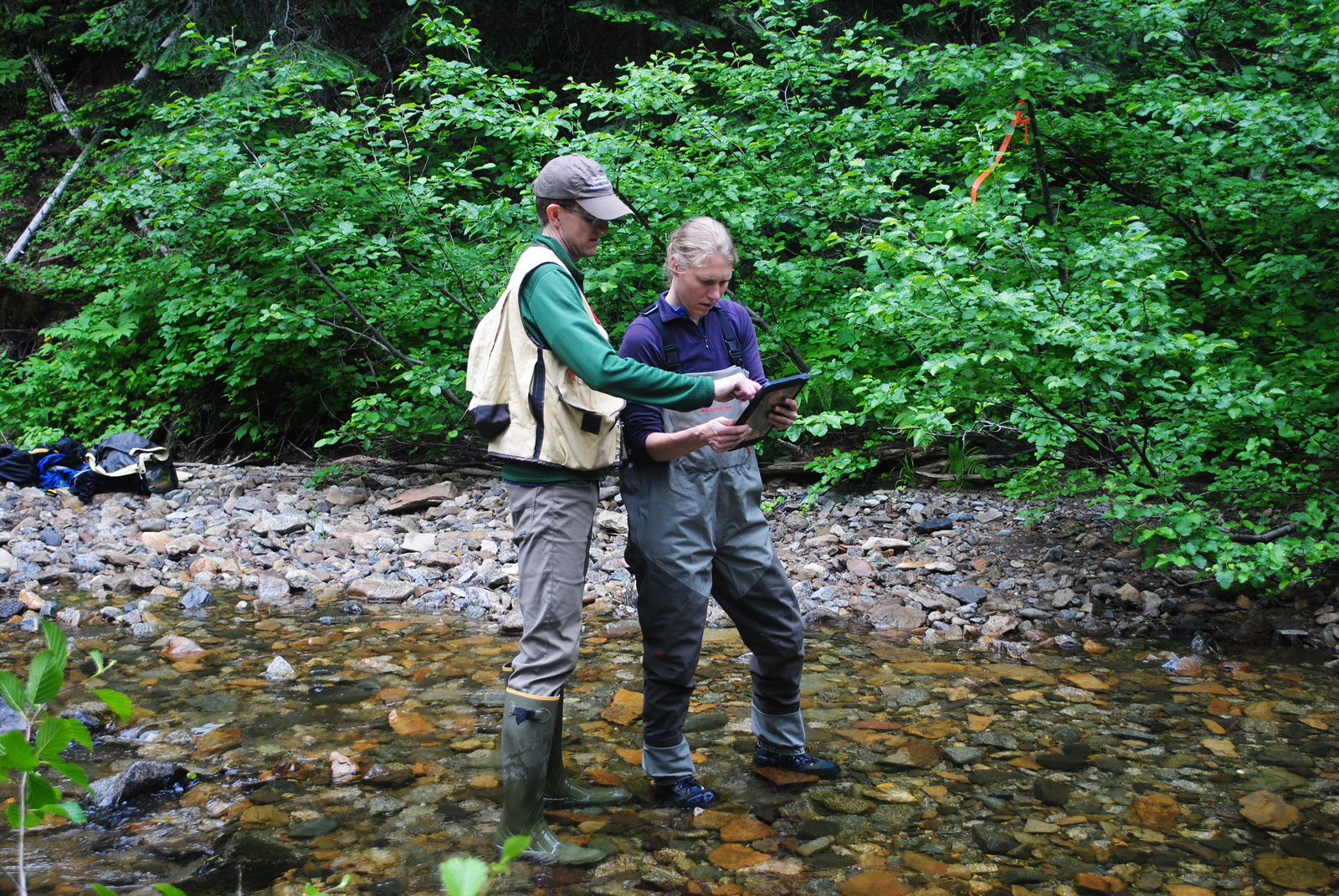
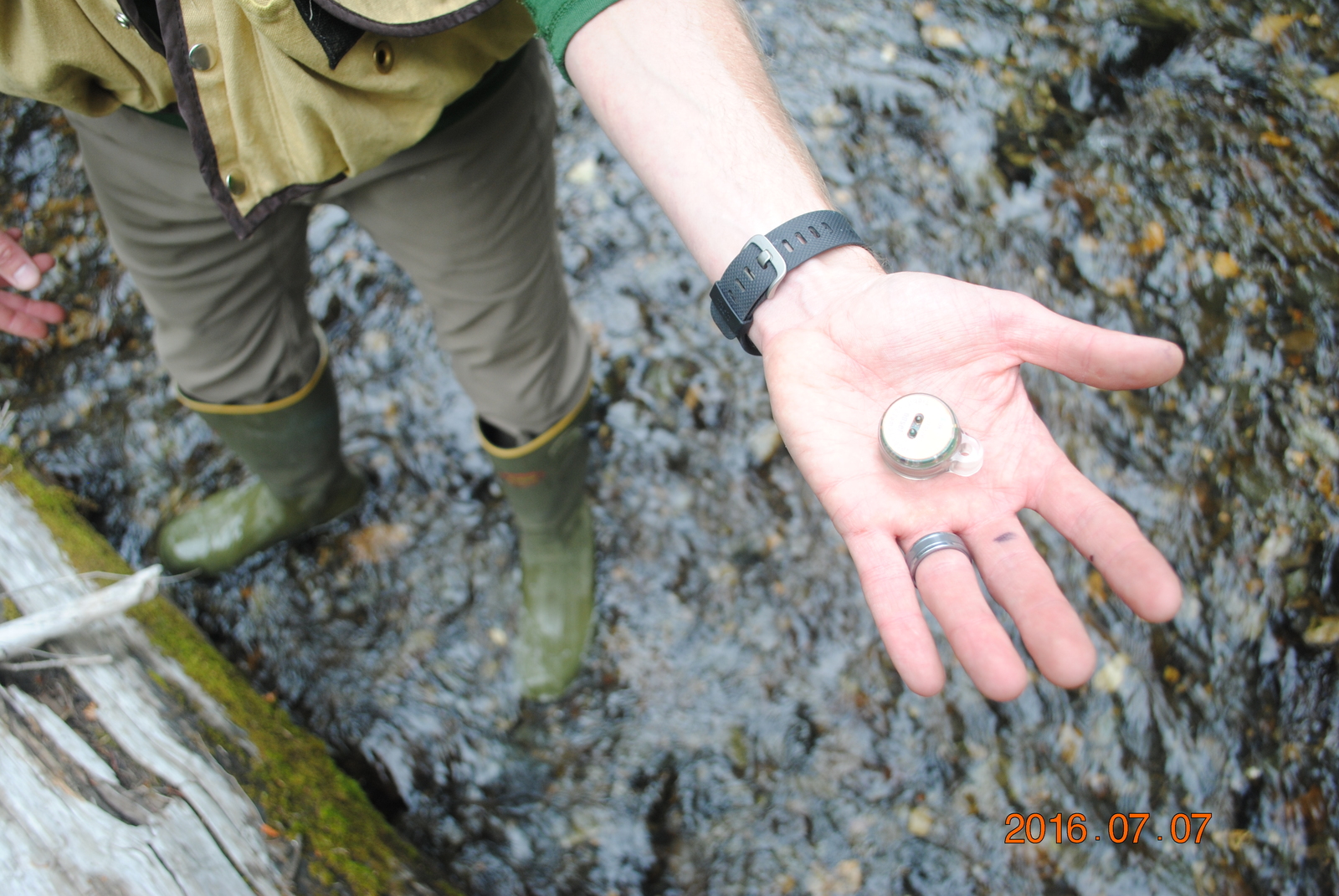
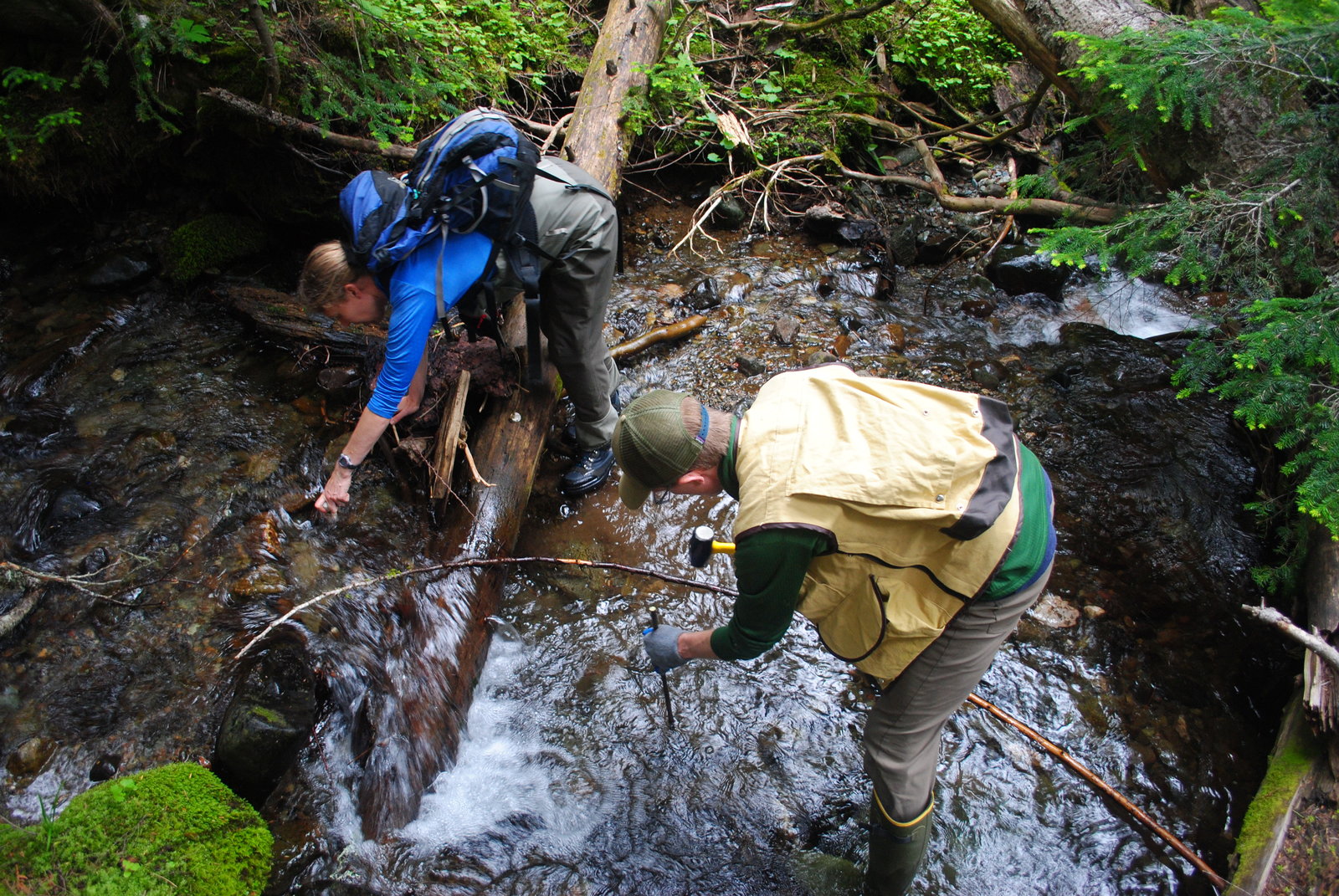


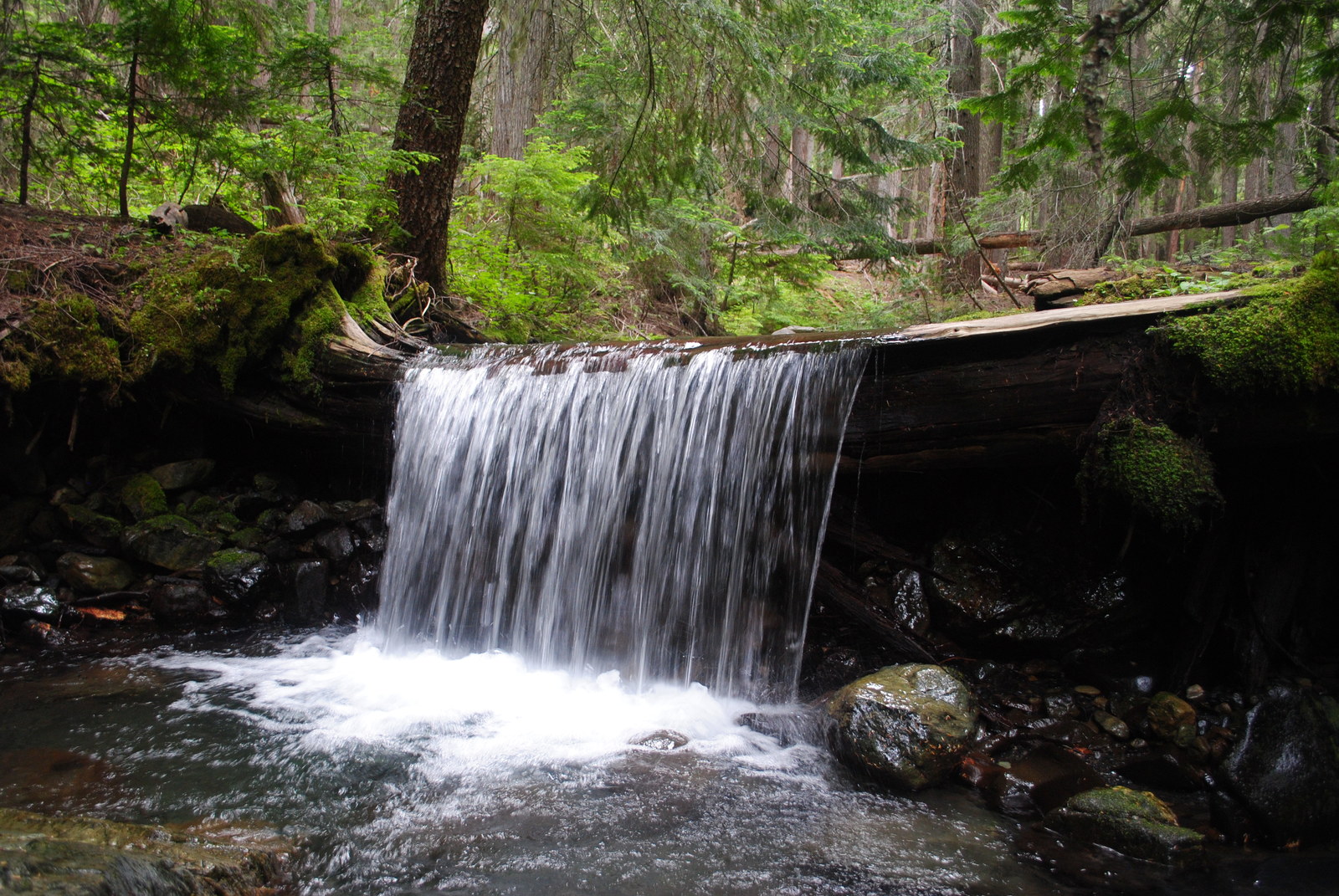
Written & Photographed by Zoe van Duivenbode, Marketing Intern
Another day in the field found Nature Conservancy staff on an adventure in search of GPS locations scattered throughout our Taneum Creek property in the central cascades. In order to continue previous years of stream temperature data collection, TNC’s aquatic ecologist, Emily Howe, and senior forest ecologist, Ryan Haugo, put on their waders and rain boots and embarked on a bushwhacking, log climbing, upstream mission.
By recording stream temperature, our scientists can determine what impact surrounding land use has on nearby stream habitats and can track short-term and long-term temperature fluctuations. Monitoring stream temperature is important because it influences the health, abundance and habitat suitability for fish and other aquatic life. Fish species, such as steelhead and bull trout, were historically present in central cascade streams and as a part of TNC’s conservation plan, our scientists aim to continue data collection which will help guide restoration treatments and protect endangered fish and wildlife species. Check out the slideshow above to follow our day in the field!








